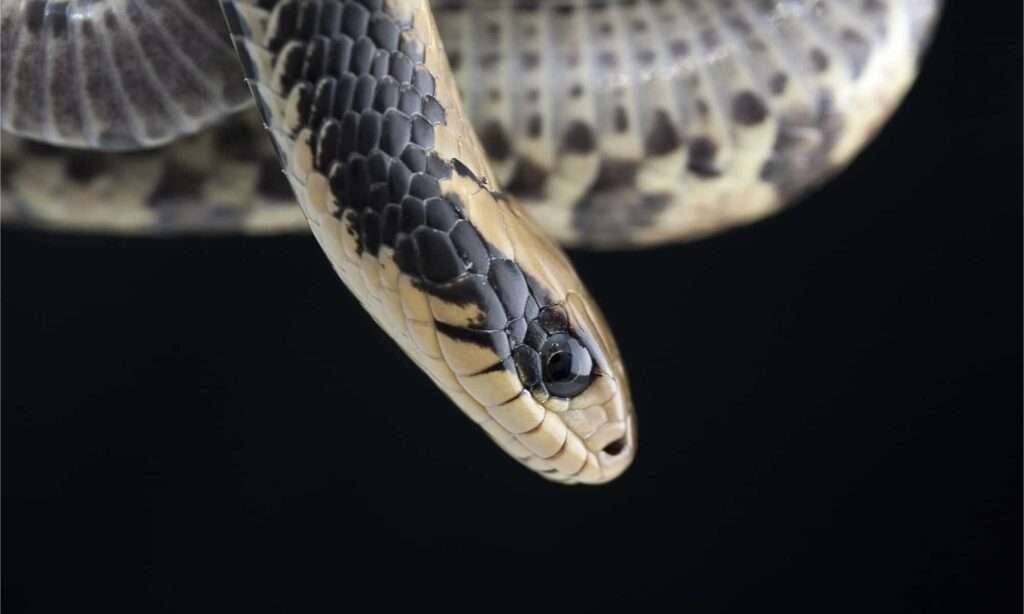
Description:
Scientific name: Hydrodynastes gigas
Life span: 12-20 years
It is neither especially hefty nor slender-bodied due to its middling body. A mature specimen has an olive green or brown background with dark bands and dots covering most of its body. In general, the background color and banding get darker towards the tail. The fake water cobra’s coloring provides it with great camouflage in its native rainforest habitat. The ventral scales are yellow or brown with three dotted lines made of dark specks that converge towards the tail.

Native Region/Habitat
From eastern Bolivia to southern Brazil, as well as in Paraguay and Argentina, H. gigas can be found in South America. The habitat of H. gigas is primarily marshes, swamps, and tropical rainforests, which are widespread throughout its range. Although this is not its preferred environment, the false water cobra has occasionally been spotted in drier regions.
Behavior:
Mostly a diurnal species, H. gigas. It is also a very curious and energetic snake, spending a large portion of the day swimming, burrowing, and climbing. Species’ temperaments can vary greatly; some are very gentle and reluctant to bite, while others are fiercely protective, even hostile or frightening. Specimens raised in captivity can develop into creatures that are highly docile, trusting, and intelligent in many cases.
Care As a pet/In captivity:
Enclosure: An enclosure should be at least 48 inches long, 24 inches deep and 18 inches high for healthy individuals. That will take care of one False Water Cobra. If you have the room, would suggest obtaining an even larger enclosure.
Diet: Pinkies, adult mice, large rats, chicks, fish, and frogs are available live or defrosted. Usually speaking, you should give your snake food that is equal to the width of its head. These creatures develop quickly, so you’ll need to switch feeds rather frequently. Weekly feedings are necessary to support a growing juvenile False Water Cobra’s metabolism. Once the snake reaches its maximum size, you can reduce your frequency to once every two weeks.
Humidity: The enclosure’s humidity levels should be between 50% and 60%. Your choice of substrate will aid in keeping those levels constant. However, you should never take humidity at face value. Get a hygrometer and make periodic checks to be certain.
Temperature: The lighting setup for your tank should be set up with a temperature gradient. As a result, the tank’s cooler side will be on the outside. Maintain ambient temperatures in the lower range, between 78 and 85 degrees Fahrenheit. You’ll need to spend money on a basking light for the tank’s hotter side. Very strong lights can generate much hotter temperatures. The temperature in this area should range from 90 to 95 degrees Fahrenheit.
Water: You’ll need a huge water basin for your snake’s enclosure. In the wild, False Water Cobras typically inhabit marshes. They therefore have a preference towards soaking! Choose a container that is big enough for your snake to enter whenever they please. Make sure you regularly refill the water in the basin and to keep an eye on it. The snake will probably knock the basin over or urinate in the water.
Table





